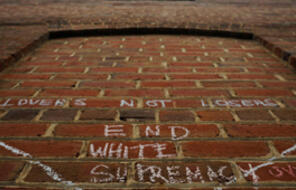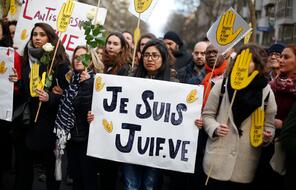157 Results
Antisemitism
Discussing Contemporary Antisemitism in the Classroom
This unit is designed to help students in the UK reflect on how antisemitism manifests in contemporary society and what needs to be done to challenge it.

Racialized Antisemitism
Examine how racialized antisemitism has impacted Jews and Jewish communities over the past few centuries with the resources in this collection.
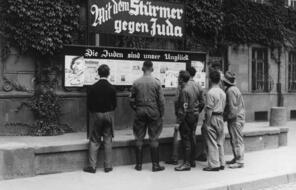
Antisemitism Today
Help equip students to recognize contemporary manifestations of antisemitism and their origins using these resources.

Addressing Current Events in the Classroom
Get resources for addressing troubling antisemitic incidents persisting around the world today with your students.
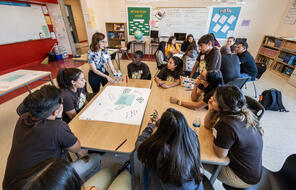
Combating Antisemitism and Racism
Help students strengthen their civic voices by exploring examples of individuals who are choosing to participate and make their voices heard in their communities.
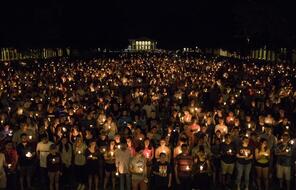
Understanding the Christian Roots of Antisemitism
Explore the origins and history of prejudice and discrimination against Jews with the resources in this collection.
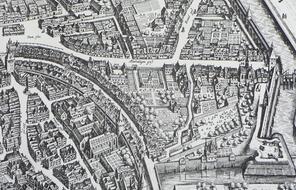
Teaching about Hate Crimes and Their Impacts
This unit helps students understand what hate crimes are, the ways they impact individuals and communities, and what people can do to foster belonging and counteract hate.
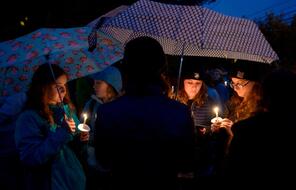
Confronting Online Antisemitism
Use these resources to help students recognize and address online antisemitism.

The Holocaust and Jewish Communities in Wartime North Africa
Explore the impact of the Holocaust and World War II on Jewish communities in North Africa in this 3-lesson mini-unit.
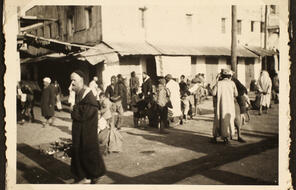
Holocaust and Human Behavior: A Facing History & Ourselves High School Elective Course
This curriculum is designed for Tennessee and Southeast educators teaching a high school elective course on the history of the Holocaust and the Armenian Genocide.
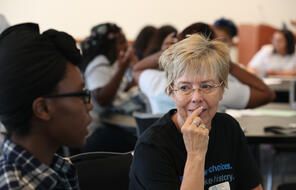
After Charlottesville: How Uncomfortable Conversations Can Overcome Hate
On-Demand
Virtual
Watch this conversation with journalist and author Eli Saslow to learn how white-supremacist ideas migrated from the far-right fringe to the streets of Charlottesville and beyond.
